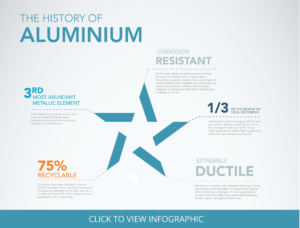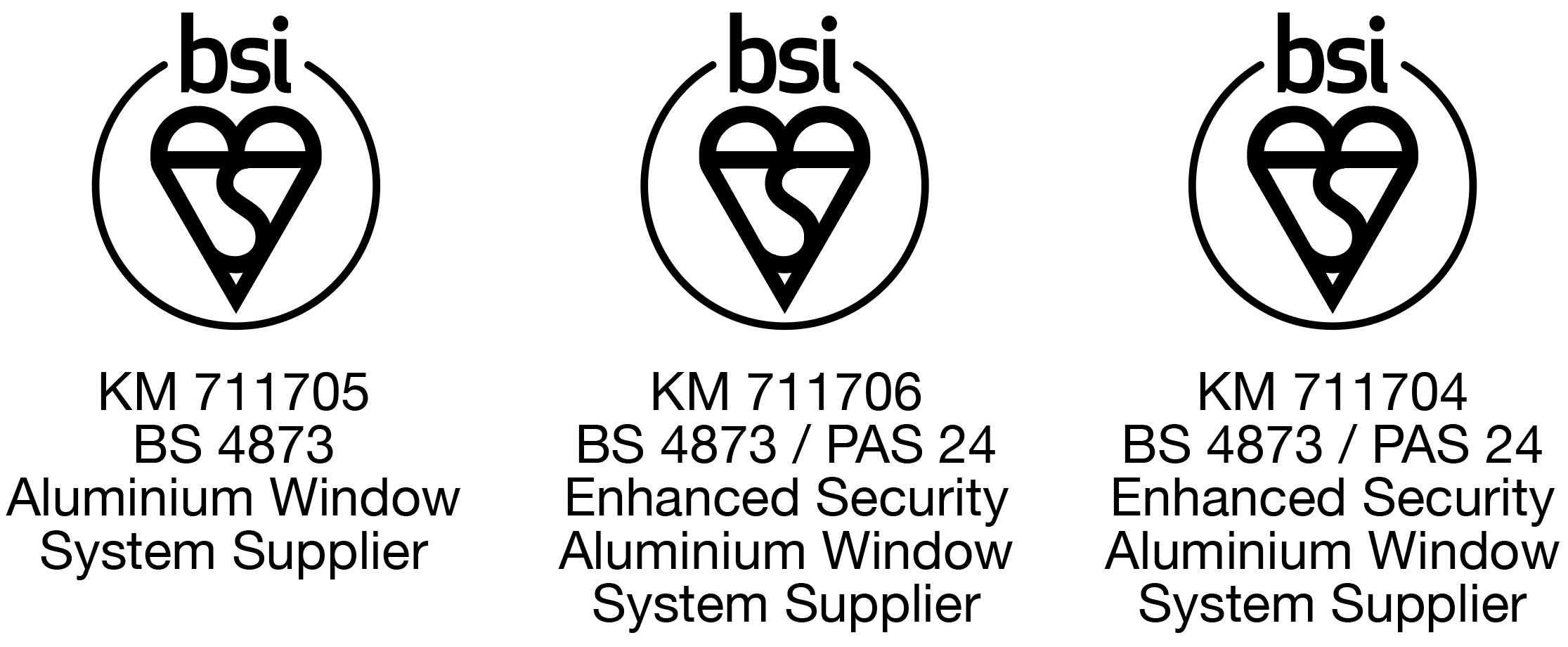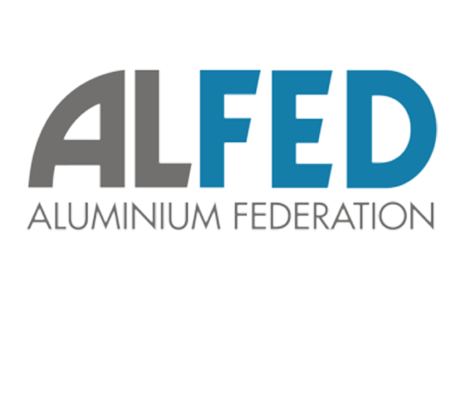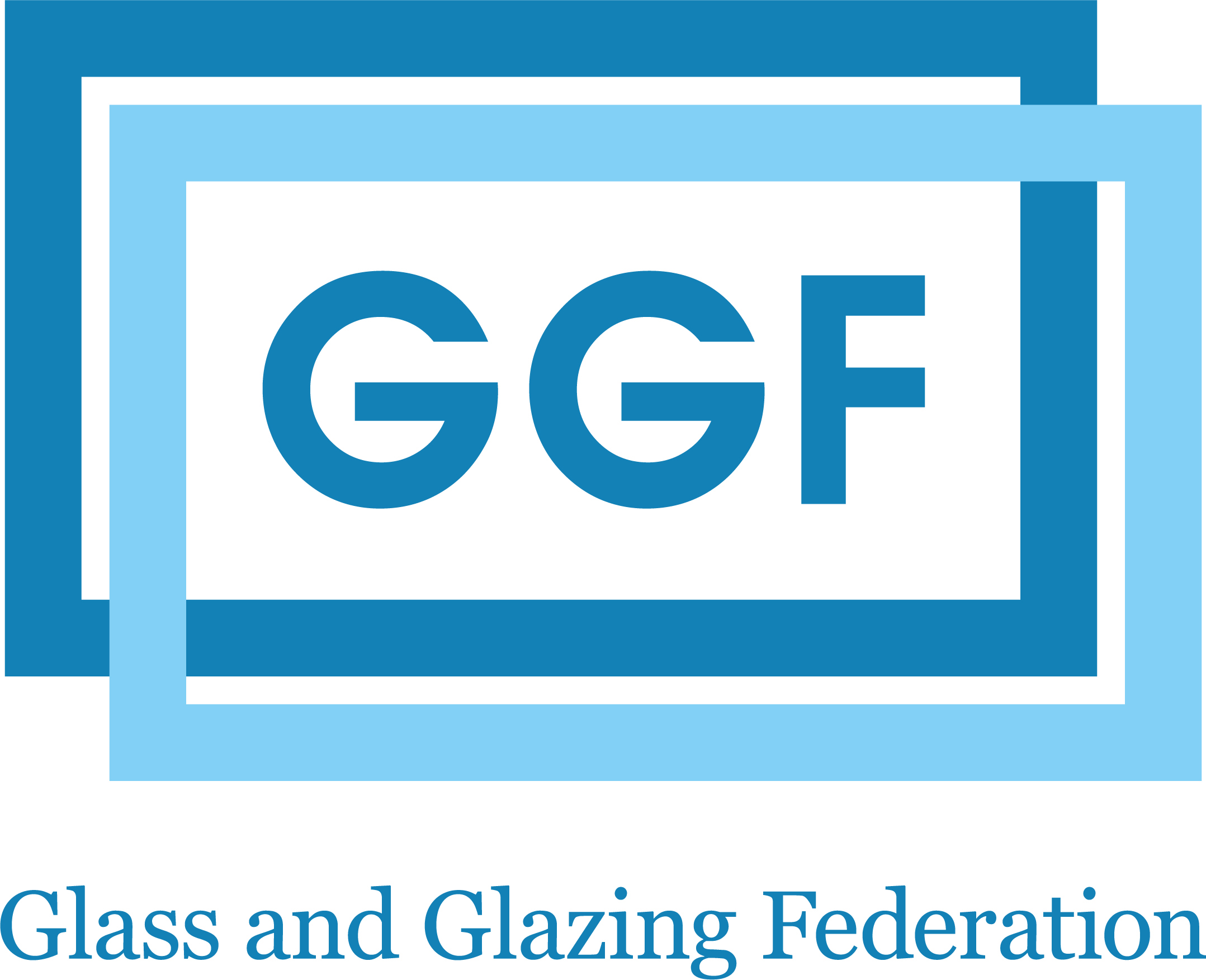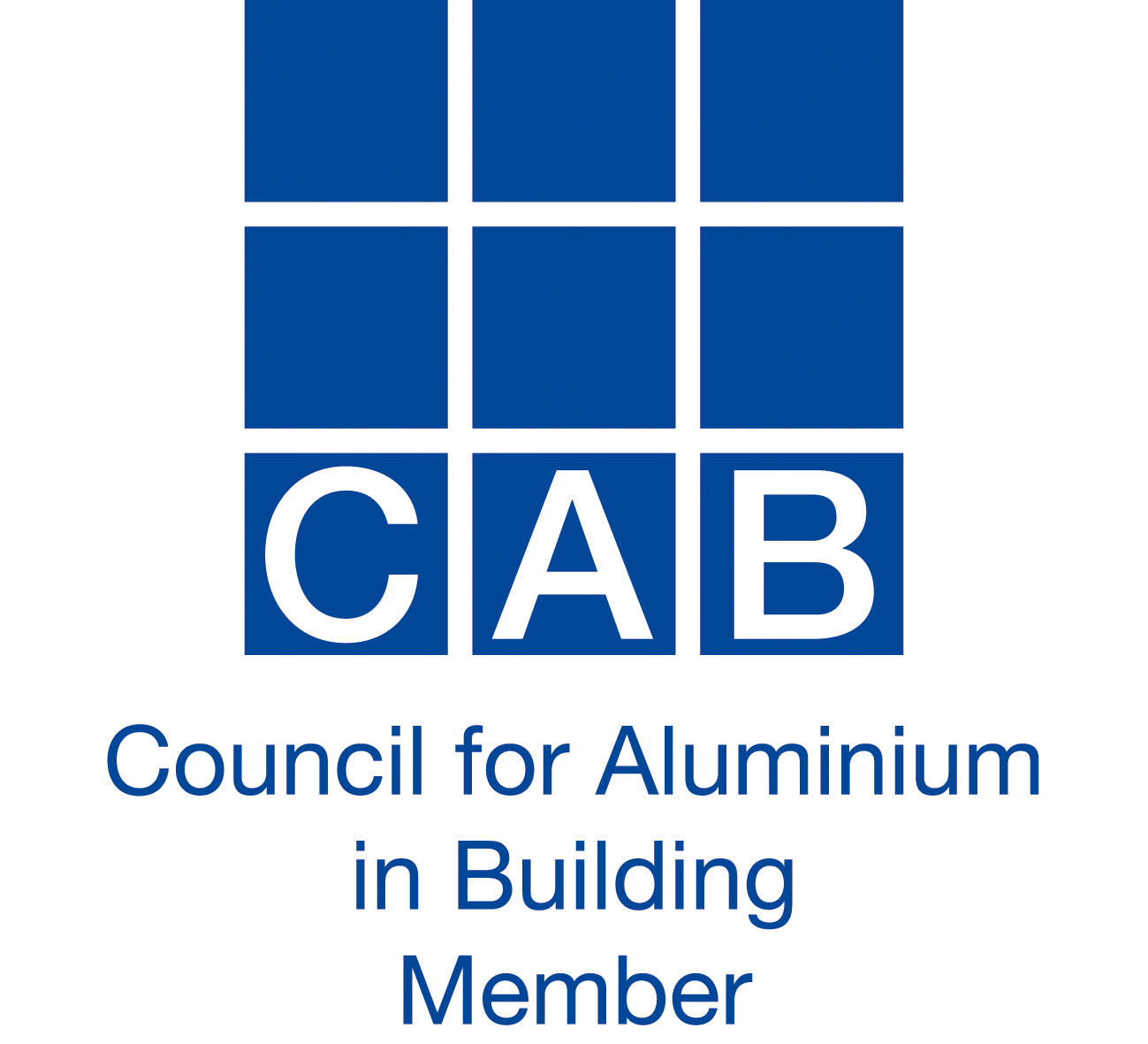The History of Aluminium
Today it is one of the most widely used metals in the world but what makes Aluminium special?
Aluminium has come a long way in a short time. In just over 100 years global production of primary aluminium has grown to 63.4 million tonnes and consumption stands at about 64 million tonnes with applications ranging from construction to transportation4.
Why is Aluminium the star or the show
There are many reasons why Aluminium has become so popular across many sectors. Here are just a few:
1. Aluminium is the most abundant metallic element on earth
In the Earth’s crust, aluminium is the most abundant metallic element and the third most abundant of all elements1. And it’s a good thing, too, because we use a lot of it.
2. Recyclable
Aluminium has been recycled since the metal first began to be used commercially. Since that time a large number of remelters and refiners have been established, converting new and old aluminium scrap into new ingot, deoxidiser for the steel industry and master alloys. It is estimated that 75% of the aluminium ever produced is still in use today2.
3. Ductile and Strong
Aluminium is an extremely ductile metal, but it can also be remarkably strong. Aluminium is ductile, and malleable allowing it to be easily drawn and extruded. In most applications various aluminium alloys are used instead of Pure aluminium as it is quite soft and lacking in strength. The yield strength of pure aluminium is 7–11 MPa, while aluminium alloys have yield strengths ranging from 200 MPa to 600 MPa3.
4. Lightweight
Aluminium is very light, weighing in at a third of the weight of steel or copper Aluminium is not as strong or stiff as steel, but the low density makes up for this in applications where light weight and relatively high strength are crucial.
5. Aluminium resists corrosion beautifully
Aluminium ability to resist corrosion comes through the phenomenon of passivation. Passivation, refers to a material becoming “passive,” that is, less affected or corroded by the environment of future use. Passivation involves creation of an outer layer of shield material that is applied as a microcoating, created by chemical reaction with the base material, or allowed to build from spontaneous oxidation in the air.
The Timeline of Aluminium
1900
At the beginning of the last century, Aluminium was virtually unused in civil engineering, as the metal was too expensive and not produced in sufficient volumes.
1920’s
Everything changed in the 1920s, when the electrolysis process reduced the cost of Aluminium by 80%.
1930’s
Aluminium was notably first widely used in the construction of New York’s Empire State Building. Completed in 1931, the building’s basic structure and components were completed in aluminium, with the interior and lobby also finished with the material.
1950’s
Aluminium became more and more popular in the construction as early as the middle of the twentieth century. Window frames, panels, domed roofs and other wide-span constructions and ornaments were increasingly made with Aluminium.
1980’s
Aluminium became much more available to the public with the Hall–Héroult process developed independently by French engineer Paul Héroult and American engineer Charles Martin Hall in 1886, and the Bayer process developed by Austrian chemist Carl Joseph Bayer in 1889. These processes have been used for aluminium production up to the present.
Today
Today, with an increasing emphasis on green building, aluminium is known as one of the most energy-efficient and sustainable construction materials. Aluminium production now exceeds those of all other non-ferrous metals combined.
Aluminium in the Construction Industry
Aluminium is widely used in building because of its intrinsic properties of lightness and corrosion resistance. Aluminium is the second most widely specified metal in buildings after steel. 40% of the UK annual production of aluminium is utilized within the construction industry, which equates to roughly 150,000 tonnes of aluminium per annum, of which approximately 65,000 tonnes is extruded products, and 25,000 tonnes sheet materials5.
The future of aluminium
The future comes from innovation. Innovation comes from learning.
“Learning and innovation go hand in hand.” William Pollard
We believe therefore that for all industries learning about the difficulties faced by those who use Aluminium as a material is imperative. Only by finding out the problem can a solution be formed.
Here at Stellar Aluminium we are dedicated to product development and really want to bring people the future of aluminium windows and doors. A future where the amazing properties of Aluminium are harnessed and all previous problems are solved. This can only be done by listening to those who will use the products.
References
1 Greenwood and Earnshaw, pp. 217–9
2 http://ec.europa.eu/DocsRoom/documents/13762/attachments/5/translations/en/renditions/pdf Page 52
3 https://en.wikipedia.org/wiki/Aluminium#cite_note-Polmear1995-26
4 https://blog.alcircle.com/2018/08/29/brief-history-aluminium-part-1-early-ages-discovery/
5 https://www.engineeringcivil.com/use-of-aluminium-in-building-construction.html
Infographic

Share this Image On Your Site
Stellar News
Further strength for Stellar Aluminium team
View articleStellar Aluminium provides wow factor on two high-end barn conversions
View articlePatent approval for Stellar Slimline Bifold Door adds to its credentials
View articleA Stellar view enhances Pembrokeshire new build property
View articleStellar proves its versatility in designer-inspired new build project
View articleStellar Aluminium selected for eco holiday property in Aberystwyth
View articleDiscover star quality
Stellar is the innovative, award-winning aluminium system that sets new standards. It revolutionises aluminium windows with its unique reverse butt joint. It's faster to fabricate, saves materials, and reduces stockholding. It's adaptable, attractive, simple to install, and maintenance requirements are minimal.
Let's talk!
